LSD
LSD
First, lysergide (LSD) is a semi synthetic hallucinogen, and is one of the most potent drugs known. Moreover, recreational use became popular between the 1960s to 1980s, but is now less common.
Most importantly, It is generally believed that most LSD is produced outside Europe. Further, secondary preparation of dosage units by dipping or spotting paper squares is more widespread.
Also, these dosage units usually bear colored designs featuring cartoon characters, geometric and abstract motifs. LSD is related to other substituted tryptamines, and is under international control.
What is LSD?
Firstly, LSD (lysergic acid diethylamide), first synthesized in 1938, is an extremely potent hallucinogen. Moreover, hallucinations are when you see, hear, feel, taste, or smell something that seems real but is not. It is commonly called Acid.
LSD is synthetically made from lysergic acid, which is found in ergot, a fungus. However, It is so potent its doses tend to be in the microgram (mcg) range. It’s effects,
How does it affect the body?
often called a “trip”, can be stimulating, pleasurable, and mind-altering. It some cases it can lead to an unpleasant, sometimes terrifying experience called a “bad trip”.
Effects of LSD Use
LSD is a mind-altering drug. It is thought LSD causes its characteristic hallucinogenic effects via interaction with the serotonin receptors in the brain. Serotonin is a neurotransmitter that helps control your behavior and mood, governs your senses, and moderates your thoughts.
The physical effects of LSD are unpredictable from person-to-person. Moreover, the first effects of the drug when taken by mouth are felt 30 to 45 minutes after taking it, peak at 2 to 4 hours, and may last 12 hours or longer. Use by the intravenous (IV) route will produce a much quicker action, usually within 10 minutes. Effects include:
- hallucinations
- distorted visual perception of shapes, colors
- altered sounds
- anxiety and depression
- flashbacks (a return of the “trip” experience) days or months later
- rapid heart rate, increased body temperature and high blood pressure
- dilated pupils
Visual Effects
Visual changes are very common. Patients can become fixated on the intensity of specific colors. Sensations can also have a cross-over phenomenon. Patients who use LSD can reportedly have feelings of “hearing colors” and “seeing sounds.”
Behavioral and Emotional Effects
Further, behavioral and emotional dangers are very noticeable. Moreover, severe anxiety, paranoia, and panic attacks often occur at high doses. However these are colloquially called “bad trips.” Usually, these bad experiences are attributed by users to the environment and people surrounding their use at the time. Extreme changes in mood from a “spaced-out bliss” to “intense terror” can occur. Furthermore, the changes can be frightening, triggering panic attacks. Some people never recover from these bizarre psychoses.
LSD demonstrably produces these emotions:
-
Feelings of happiness
-
Trust of and closeness to others
-
Enhanced explicit and implicit emotional empathy
-
Impaired recognition of sad and fearful faces
Further, LSD-enhanced participants desired to be with other people and increased their prosocial behavior. However, this is theoretically due to the increased plasma oxytocin levels that appear to contribute to the empathogenic prosocial effects.
Showing all 5 results
-
Sale!
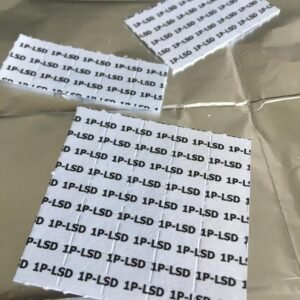
1P-LSD
Original price was: $250.00.$200.00Current price is: $200.00. Add to cart -
Sale!
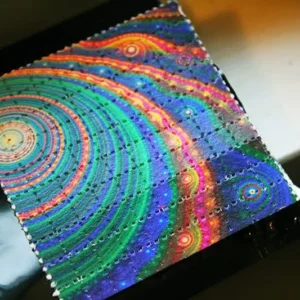
25I-NBOME / N-BOMB
$250.00 – $950.00 Select options This product has multiple variants. The options may be chosen on the product page -
Sale!
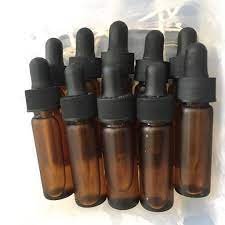
LSD – Liquid Acid / Vial
Original price was: $400.00.$350.00Current price is: $350.00. Add to cart -
Sale!
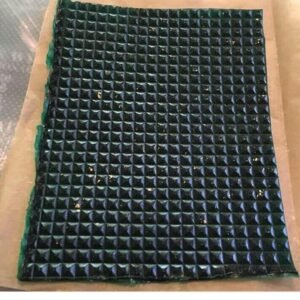
LSD – Paper & Gel Tabs
$250.00 – $400.00 Select options This product has multiple variants. The options may be chosen on the product page -
Sale!
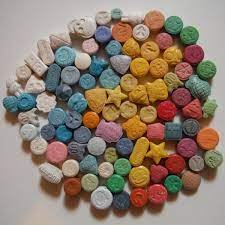
LSD Microdot Acid Pills
$300.00 – $500.00 Select options This product has multiple variants. The options may be chosen on the product page